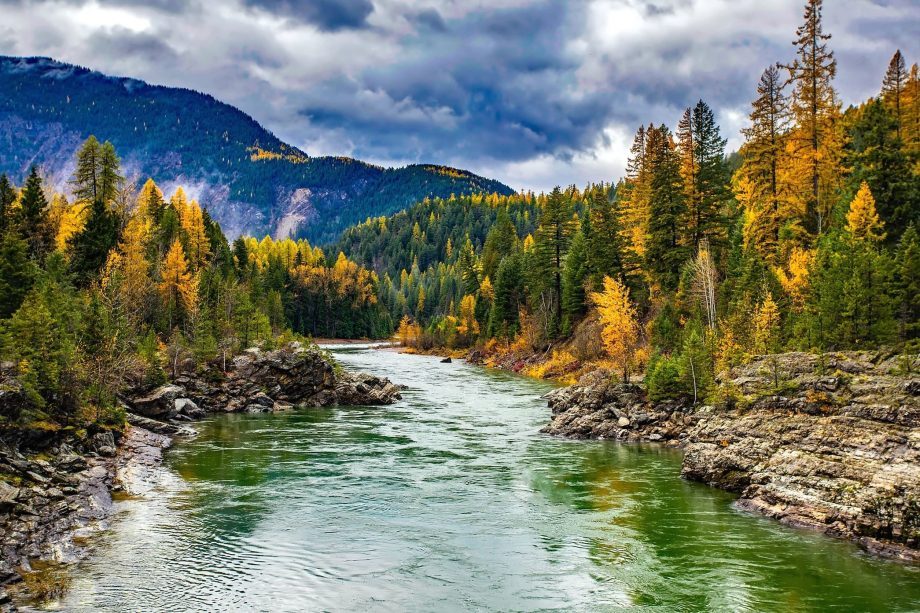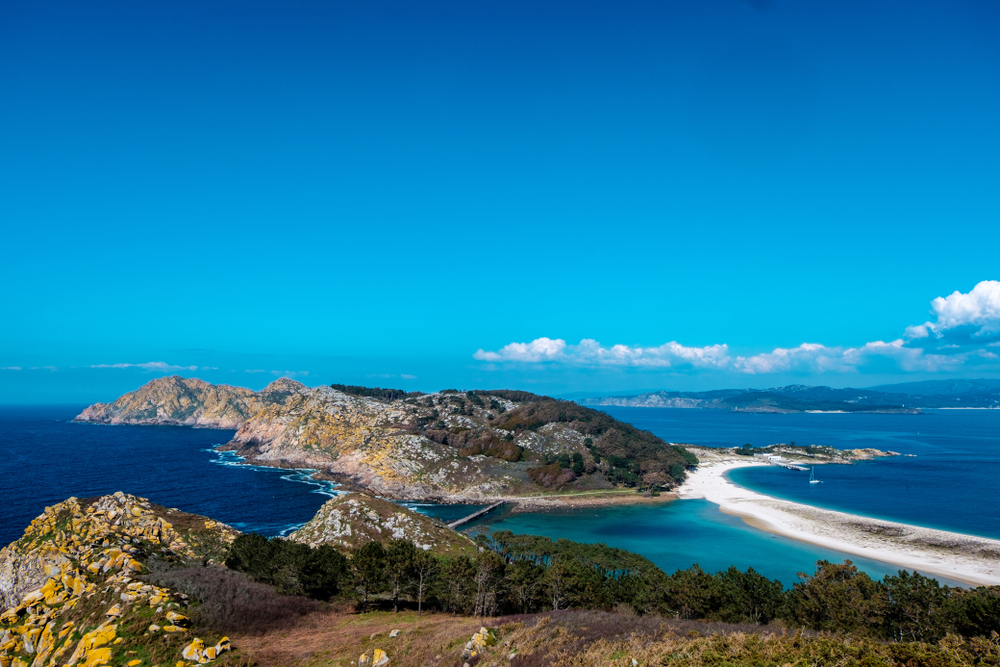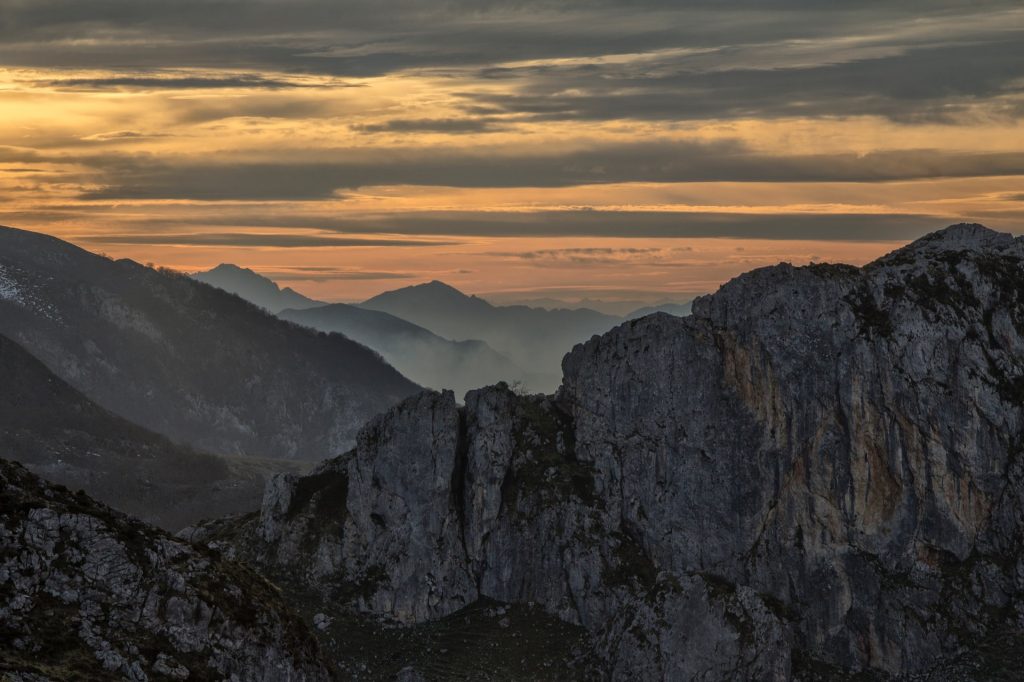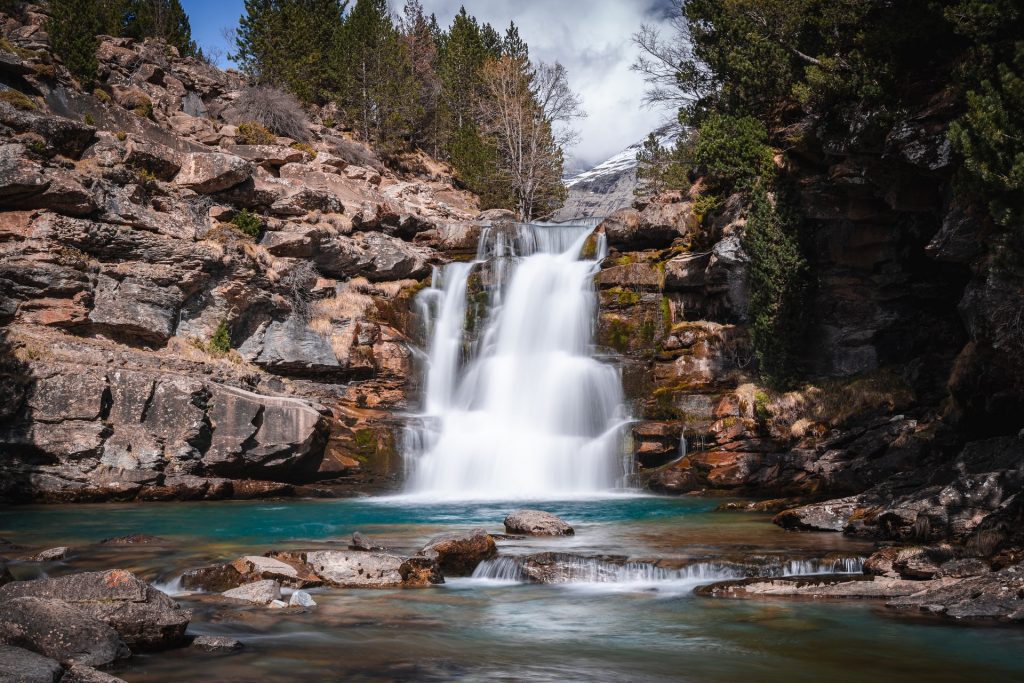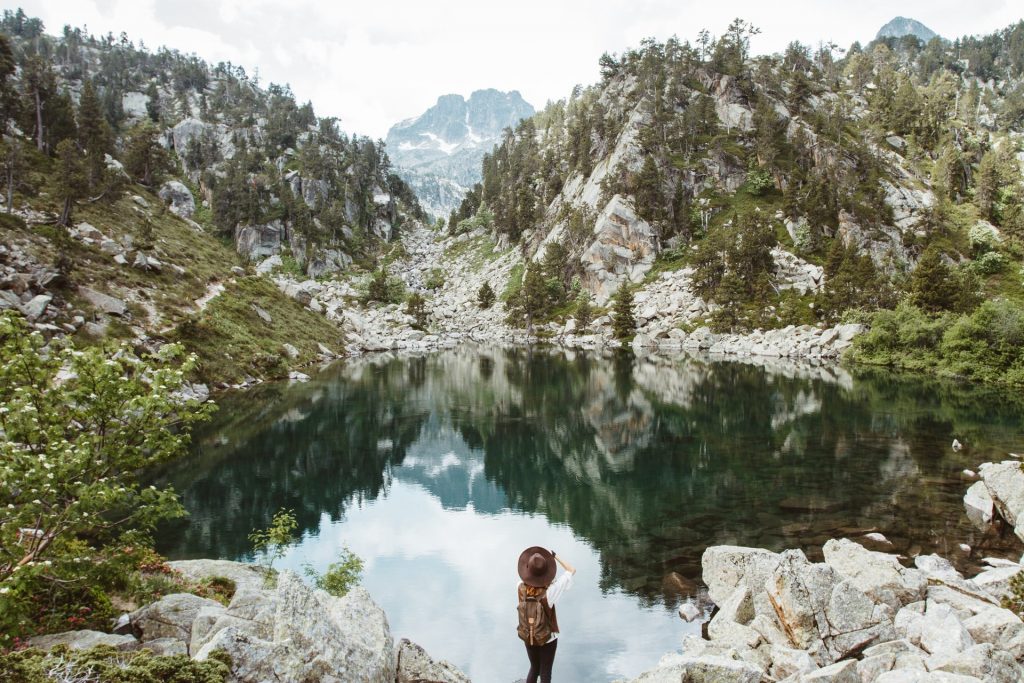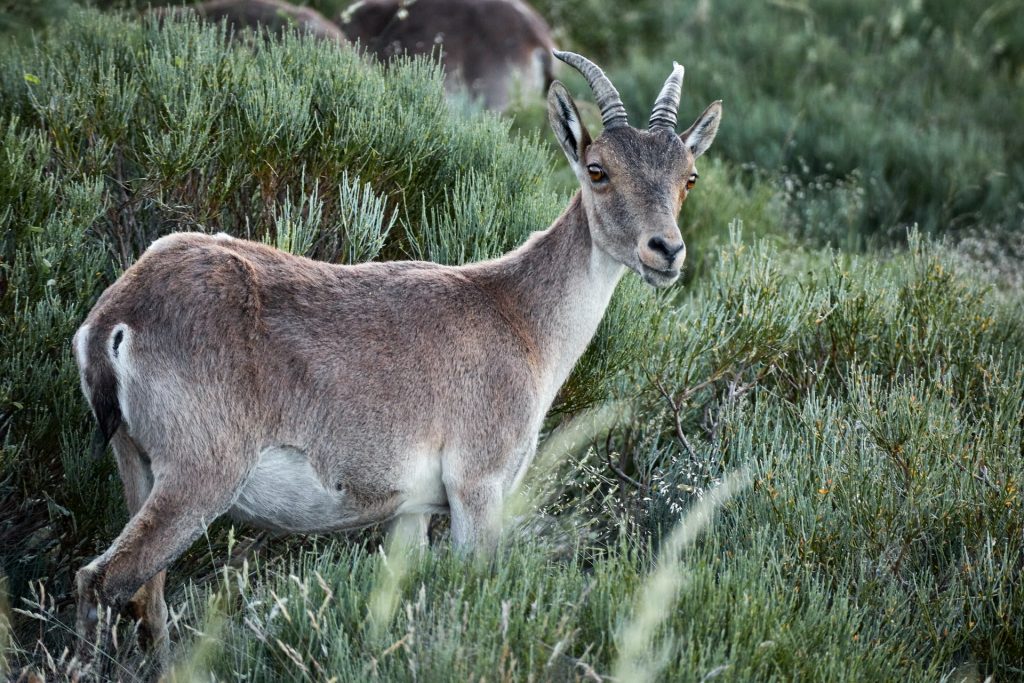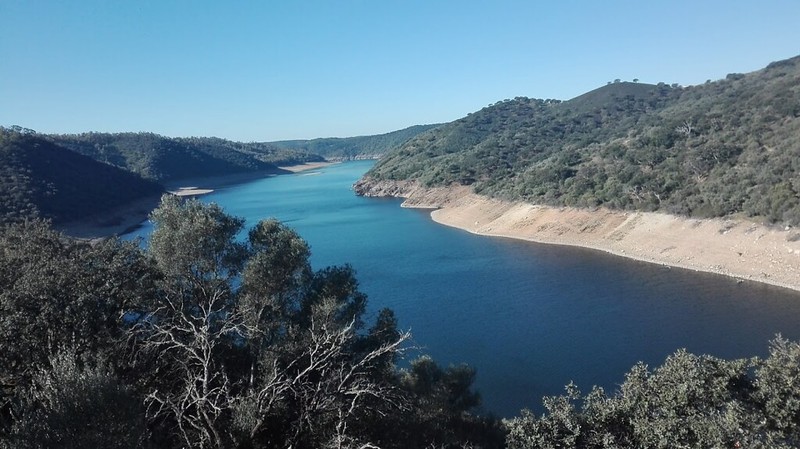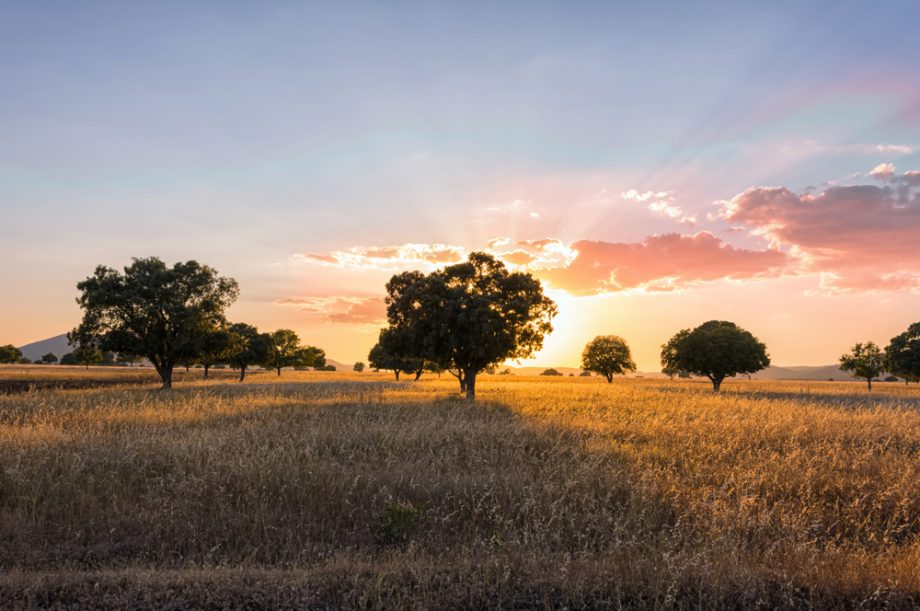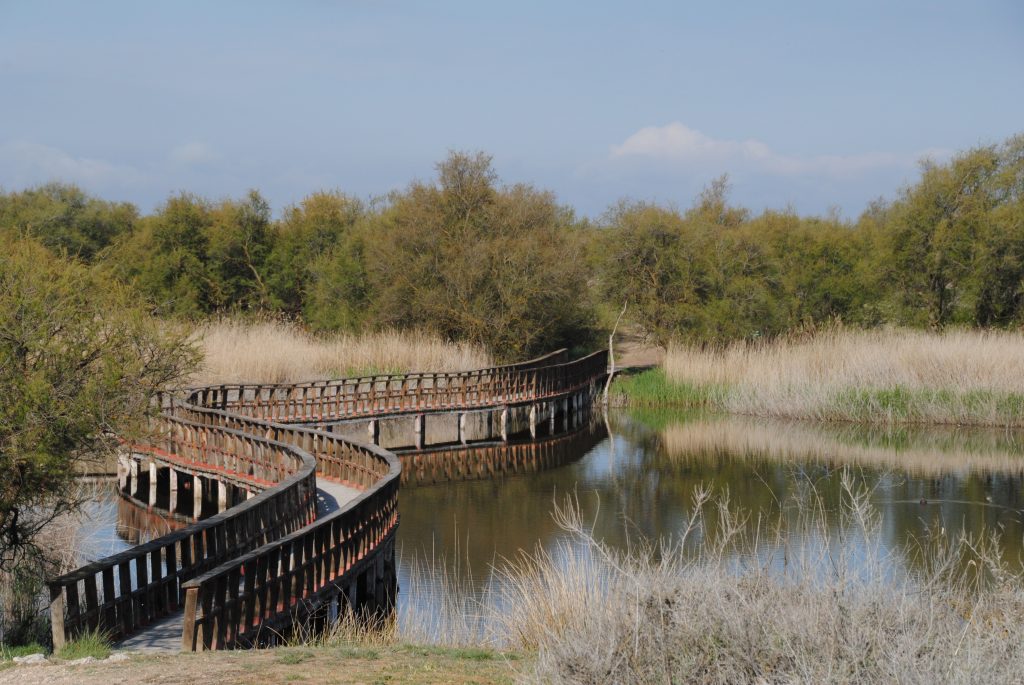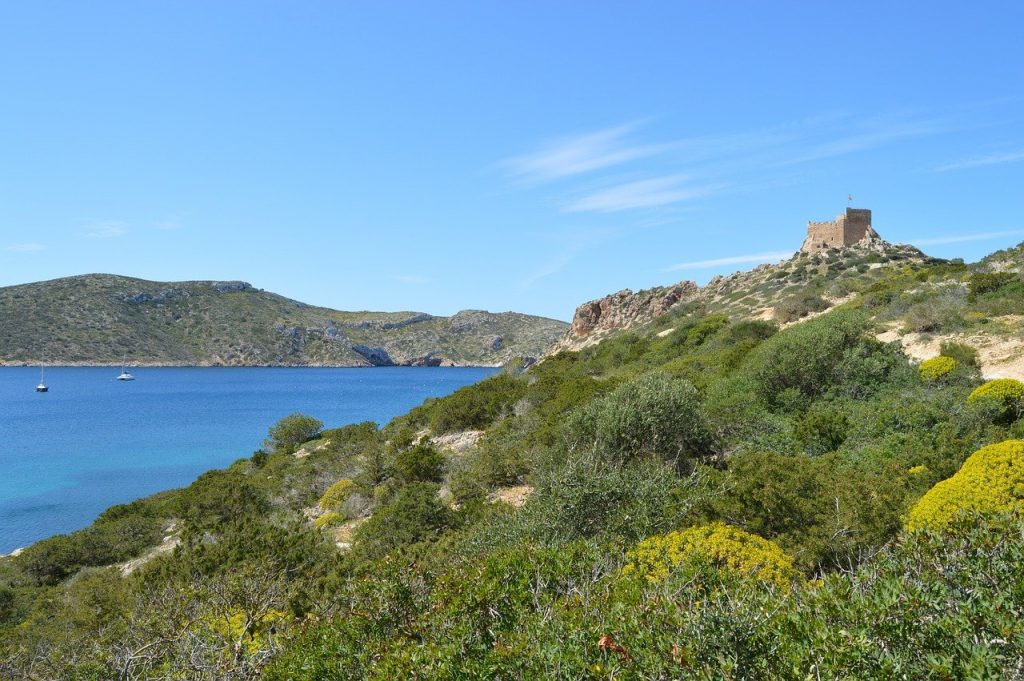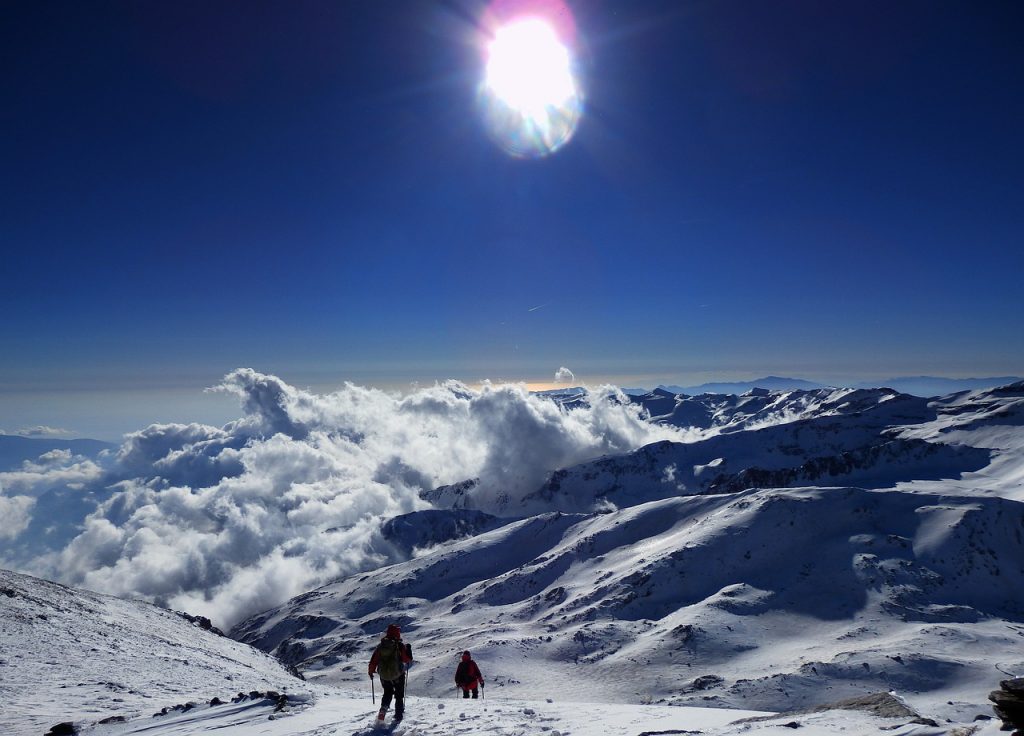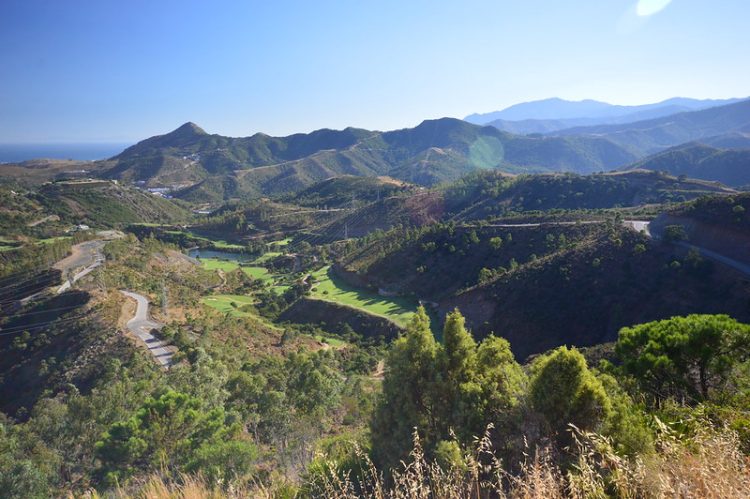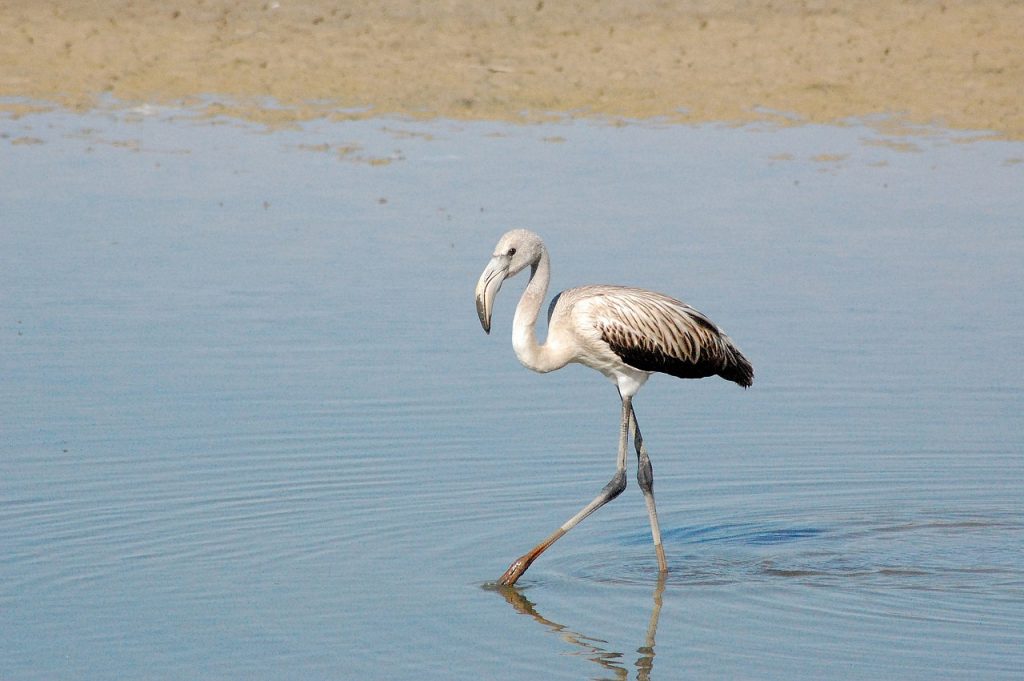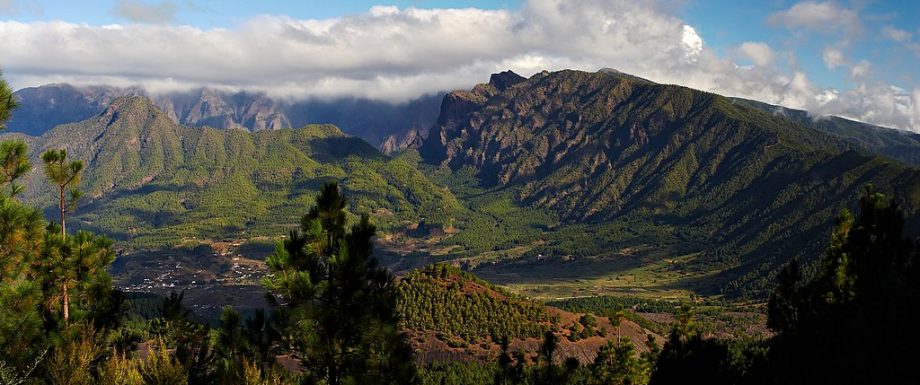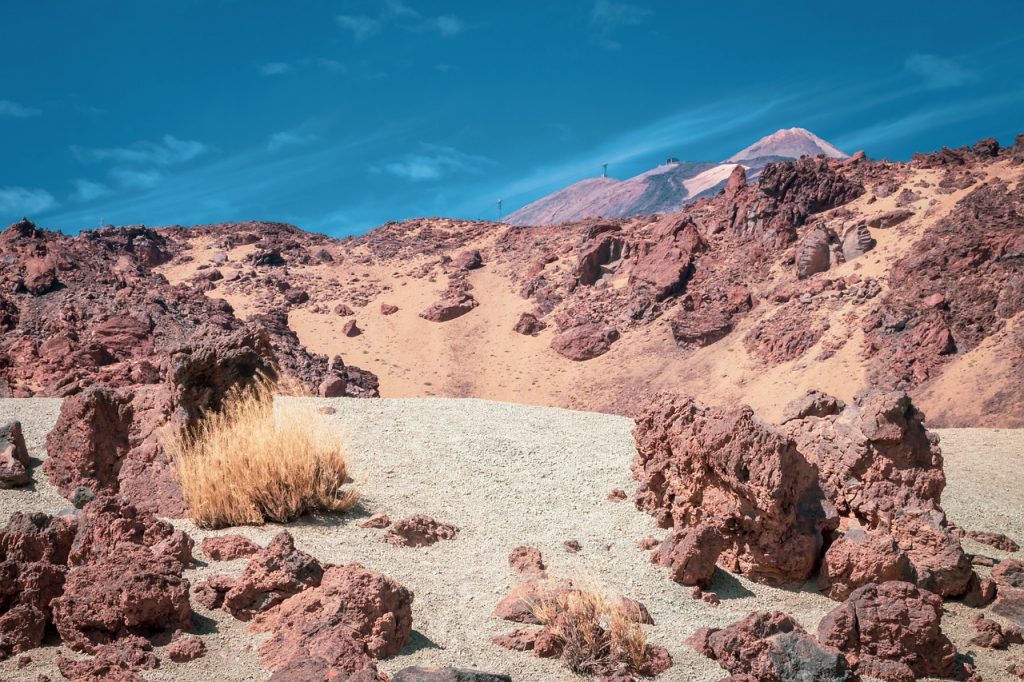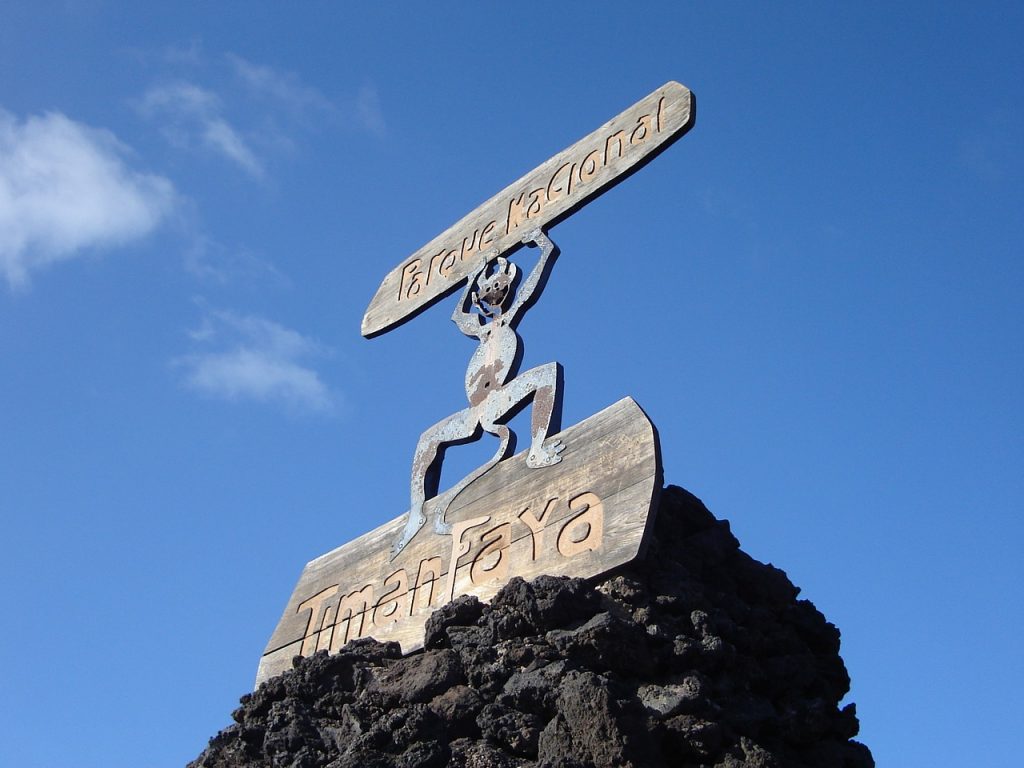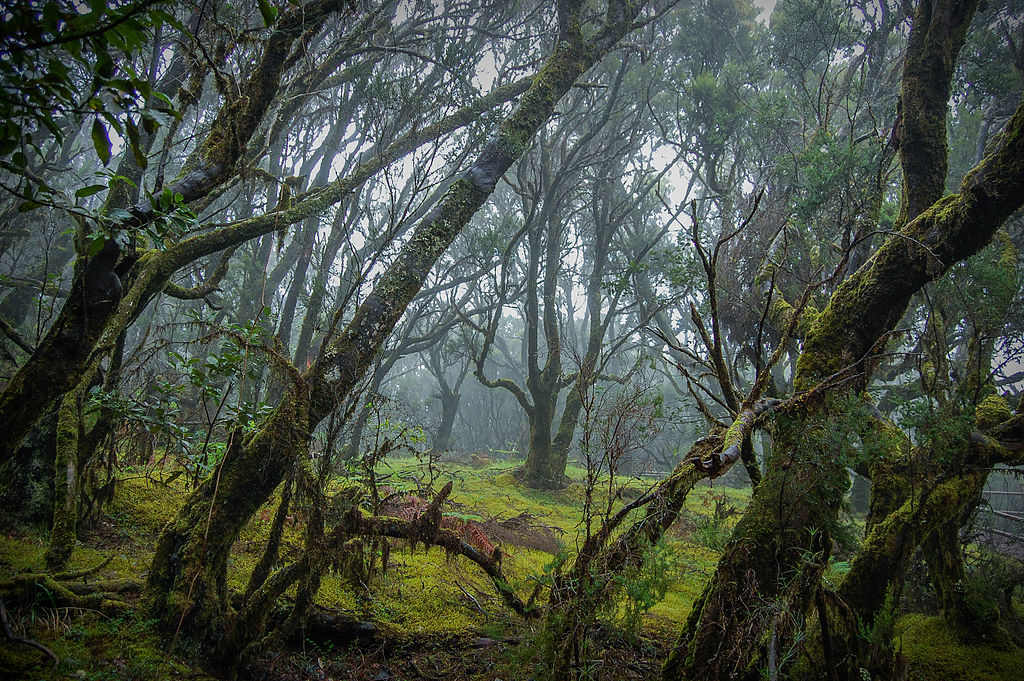Spain was at the vanguard of eco-protection, designating its first protected National Park in 1918. There are now 16 National Parks across the mainland and its islands, from wetlands to Mars-like landscapes. This is InSpain’s guide to Spain’s National Parks.
Illas Atlánticas de Galicia National Park
The Galician Atlantic Islands NP has four island chains – Cies, Ons, Salvora and Cortegada. The Guardian newspaper named one of its beaches, Playa de Rodas, as the most beautiful in the world. The crescent-shaped beach with white sands is lapped by clear waters and certainly picture perfect.
Only one of the islands is inhabited, though Iron Age settlers left their mark which you can explore. Visits are strictly regulated to preserve the environment and only possible by boat.
Picos de Europa National Park
A UNESCO protected area, Picos de Europa National Park was the first national park in Spain, created in 1918. In Northern Spain, it covers areas of Cantabria, Castille and Leon, and Asturias. It is a mountain range with huge massif and hiking is the most common activity here. As the major peaks are close to the sea, fog and rain can be expected but the incredible scenery more than makes up for it.
Ordesa y Monte Perdido National Park
Close to the French border, and like Aigüestortes (below) in the Pyrenees, Ordesa is full of natural attractions such as rivers, waterfalls, glacial lakes and high massifs – an adventurer’s dream. Enjoy activities from casual hiking to mountain climbing, rafting and kayaking. There are a number of planned routes, so you can hike with confidence.
Aigüestortes i Estany of Saint Maurici National Park
In the heart of the Pyrennes, the Aigüestortes i Estany de Sant Maurici National Park is Catalonia’s national park. There are five routes criss-crossing its 41 square miles with highlights including the 200-plus lakes and Els Encantats mountain. The mountain is said to be the silhouette of two hunters cursed by the divine powers when they went to hunt chamois (a type of deer). Read here our article about this nature reserve.
Guadarrama National Park
One of Spain’s youngest national parks, Guadarrama NP is not far from Madrid. Its proximity to the capital means for centuries, the Sierra de Guararrama became the perfect scenario for landscapes painting, literature, architecture, cinema and even educational activities. The Sierra de Guadarrama appears as a landscape backdrop in the most relevant Velázquez royal portraits. If you love adventure activities, this is the park for you with an array of activities from hiking to skiing.
Monfragüe National Park
UNESCO declared Monfragüe National Park in Extremadura a Biosphere Reserve in 2003. It has an incredibly diverse collection of flora and fauna, and birdwatchers flock there to see the black storks, eagles and vultures that make their home there. Due to its wonderfully preserved landscape, it is also a wonderful place for stargazing. The only town within the park is Villarreal de San Carlos, which has a visitor centre and hosts the Feria Internacional de Turismo Ornitológico de Extremadura (FIO – Extremadura International Ornithology Tourism Fair).
Cabañeros National Park
Cabañeros National Park takes its name from the huts used traditionally by shepherds and charcoal burners as a temporary shelter for their work in the field. These cabins have conically shaped ceiling using surrounding plants and were used by the inhabitants of Montes de Toledo. It is exceptional for its threatened Iberian Mediterranean fauna and fossils over 500 million years old. The park is great all year round and as well as the hiking routes, you can explore the nearby towns and its cultural heritage.
Tablas de Daimiel National Park
Relatively close to the Cabaneros NP, Tablas de Damiel is a Spanish wetland and nature reserve. It is a migratory route for many bird species, some of which spend the winter here. Guided birdwatching tours are available. The smallest of the national parks in Spain, it is on the Ruta de Quijote (Don Quixote Route)
Cabrera Archipelago National Park
The south-eastern coast of Mallorca consists of 19 small islands, all forming the Cabrera Archipelago. One of the last visited parks due to its remoteness, it has remained relatively unchanged. The park strictly regulates visitor numbers to protect the ecosystem. Activities such as diving are also regulated. There is an ethnological museum where you can learn about the history of the area.
Sierra Nevada National Park
One of three national parks in Andalucia, the Sierra Nevada NP is the largest national park in Spain. It is home to one of Spain’s highest peaks of Spain, Mount Mulhacen. Hiking and skiing are the most common activities, with a long season from November to May. There are many other adventure activities available, and the park is a great site for birdwatching.
Sierra de las Nieves National Park
This is the youngest of the national parks; only listed as such in 2019. The Sierra de las Nieves sits behind Marbella on the Costa del Sol and includes towns such as Ronda, Tolox and Ojen. It has a complex labyrinth of caves and galleries, the sulphorous baths of Tolox and a wealth of botanicals. Some of which are unique to Ronda.
Doñana National Park
Considered one of the most important natural reserves in Europe, Doñana NP has two primary ecosystems: pine forests and Mediterranean shrubs, and clay-lined marshes. The park also has the highest biodiversity in Europe, including the Iberian lynx, Imperial Eagle and Spur-thighed tortoise amongst hundreds of others. Close to Cádiz in Andalucia, it is also a World Heritage Site and Biosphere Reserve. You can enjoy a range of tours there, though now with the drought some of the lagoons have dried up.
Caldera de Taburiente National Park
Sat on La Palma, one of the Canary Islands, Caldera de Taburiente NP was formed from a volcanic eruption. It is stunningly beautiful and great to explore and a hike when you’ll discover waterfalls, endemic plant species and an incredible landscape. Your aching muscles will love a dip in the refreshing water after a long climb through the park.
Teide National Park
More people have visited Teide National Park than any other in Spain. It is home to Spain’s highest mountain in Spain and the third-highest volcano in the world – Mount Teide. Its unique landscape, with similarity to Mars, means it is used in many scientific studies. The park on Tenerife is also a UNESCO site. There is a cable car to the summit and is popular with hikers, cyclists and stargazers.
Timanfaya National Park
The almost complete absence of vegetation, the ruggedness of the terrain, the jagged coastline and the volcanoes contribute to Timanfaya’s unique beauty. Visit the Mountains of Fire, the visitor centre at Mancha Blanca – there’s a free exhibition – or ride a camel into the desert. Lanzarote’s park is different to any other.
Garajonay National Park
Garajonay National Park is on the small island of La Gomera, just off the coast of Tenerife. It is a UNESCO protected site, where nature remains untouched and in its original form. Dense laurel forest grown millions of years ago, cover the hillsides and descend into the valleys. There are a number of viewpoints (miradors) form which to enjoy the breath-taking landscape. The visitor centre has a “The House of Memory” with samples of traditional culture: the inside of a rural house, traditional pottery and so on.
